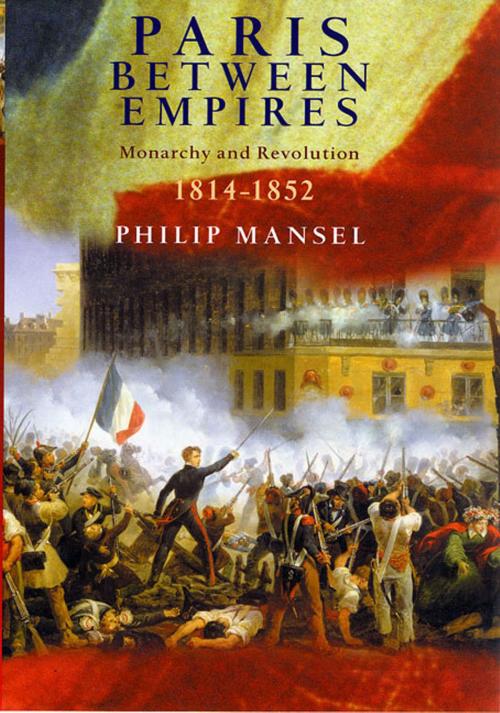| Author: | Philip Mansel | ISBN: | 9781466866904 |
| Publisher: | St. Martin's Press | Publication: | March 25, 2014 |
| Imprint: | St. Martin's Press | Language: | English |
| Author: | Philip Mansel |
| ISBN: | 9781466866904 |
| Publisher: | St. Martin's Press |
| Publication: | March 25, 2014 |
| Imprint: | St. Martin's Press |
| Language: | English |
Paris between 1814 and 1852 was the capital of Europe, a city of power and pleasure, a magnet for people of all nationalities that exerted an influence far beyond the reaches of France. Paris was the stage where the great conflicts of the age, between nationalism and cosmopolitanism, revolution and royalism, socialism and capitalism, atheism and Catholicism, were fought out before the audience of Europe. As Prince Metternich said: When Paris sneezes, Europe catches cold. Not since imperial Rome has one city so dominated European life.
Paris Between Empires tells the story of this golden age, from the entry of the allies into Paris on March 31, 1814, after the defeat of Napoleon I, to the proclamation of his nephew Louis-Napoleon, as Napoleon III in the Hôtel de Ville on December 2, 1852. During those years, Paris, the seat of a new parliamentary government, was a truly cosmopolitan capital, home to Rossini, Heine, and Princess Lieven, as well as Berlioz, Chateaubriand, and Madame Recamier. Its salons were crowded with artisans and aristocrats from across Europe, attracted by the freedom from the political, social, and sexual restrictions that they endured at home.
This was a time, too, of political turbulence and dynastic intrigue, of violence on the streets, and women manipulating men and events from their salons. In describing it Philip Mansel draws on the unpublished letters and diaries of some of the city's leading figures and of the foreigners who flocked there, among them Lady Holland, two British ambassadors, Lords Stuart de Rothesay and Normanby, and Charles de Flahaut, lover of Napoleon's step-daughter Queen Hortense. This fascinating book shows that the European ideal was as alive in the nineteenth century as it is today.
Paris between 1814 and 1852 was the capital of Europe, a city of power and pleasure, a magnet for people of all nationalities that exerted an influence far beyond the reaches of France. Paris was the stage where the great conflicts of the age, between nationalism and cosmopolitanism, revolution and royalism, socialism and capitalism, atheism and Catholicism, were fought out before the audience of Europe. As Prince Metternich said: When Paris sneezes, Europe catches cold. Not since imperial Rome has one city so dominated European life.
Paris Between Empires tells the story of this golden age, from the entry of the allies into Paris on March 31, 1814, after the defeat of Napoleon I, to the proclamation of his nephew Louis-Napoleon, as Napoleon III in the Hôtel de Ville on December 2, 1852. During those years, Paris, the seat of a new parliamentary government, was a truly cosmopolitan capital, home to Rossini, Heine, and Princess Lieven, as well as Berlioz, Chateaubriand, and Madame Recamier. Its salons were crowded with artisans and aristocrats from across Europe, attracted by the freedom from the political, social, and sexual restrictions that they endured at home.
This was a time, too, of political turbulence and dynastic intrigue, of violence on the streets, and women manipulating men and events from their salons. In describing it Philip Mansel draws on the unpublished letters and diaries of some of the city's leading figures and of the foreigners who flocked there, among them Lady Holland, two British ambassadors, Lords Stuart de Rothesay and Normanby, and Charles de Flahaut, lover of Napoleon's step-daughter Queen Hortense. This fascinating book shows that the European ideal was as alive in the nineteenth century as it is today.















